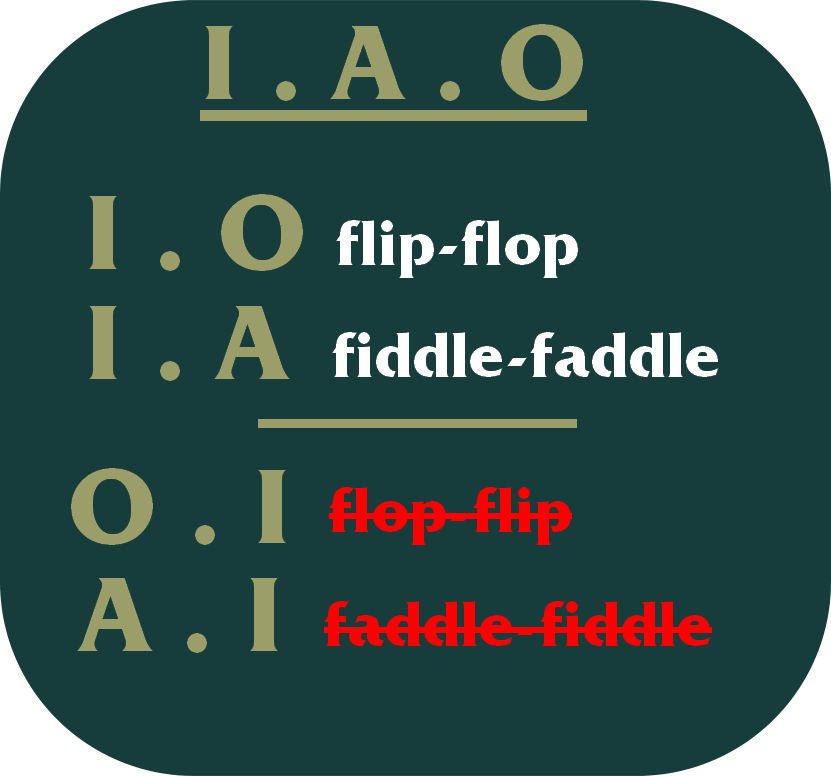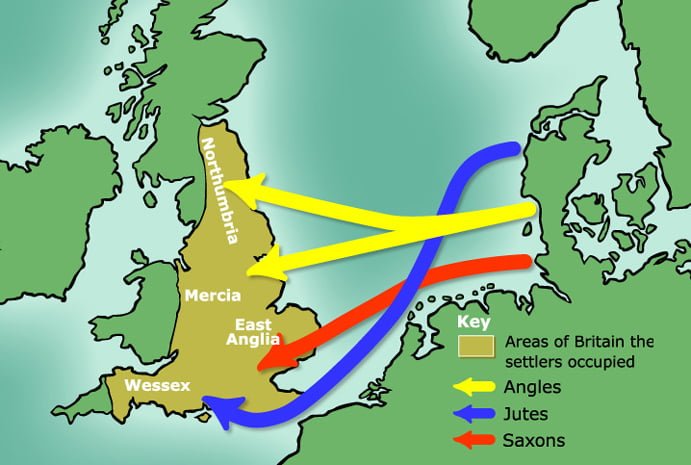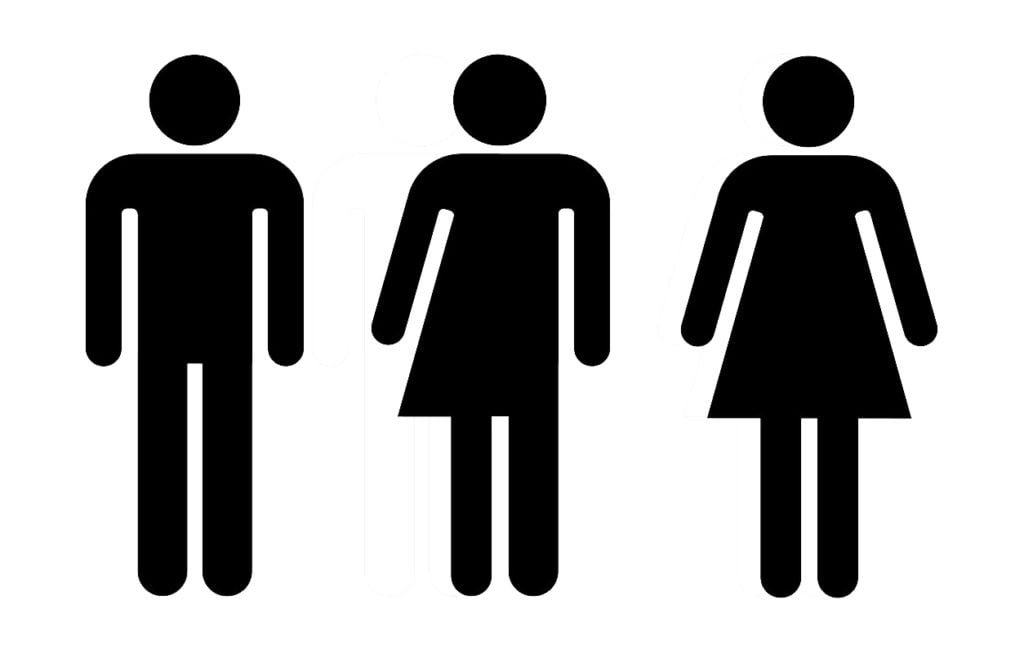Have you ever wondered why we say tick-tock, King-Kong, and flip-flop? And why do kong-king and tock-tick sound so awkward to our ears? Why is it fiddle-faddle and pitter-patter rather than faddle-fiddle and patter-pitter? Why?…well ’cause! It turns out that this is one of the unwritten rules that English native speakers know, but don’t know they know. I will unravel this amazing rule here for you. Please bear with me.
This uncanny phenomenon actually has a name in linguistics: Ablaut Reduplication. When you say tick-tock and King-Kong, you are unwittingly following an old grammar rule without actually realizing it, the rule of albaut reduplication. This is one among many rules that you’ve been following your entire life without realizing it. It is this rule that triggers all the wrong buzzers inside your head when someone says ‘hop-hip‘ and ‘pong ping‘ instead of ‘hip hop‘ and ‘ping pong‘.
This rule was first spotted by Mark Forsyth. Mark explains that “If there are three words then the order has to go I, A, O. If there are two words then the first is I and the second is either A or O.” Every example of the English language follows this pattern.

The first vowel is always a high vowel and the last duplicated vowel is always low. This high vs. low is at the core of why we have this rule in the first place. Leading linguist Steven Pinker explains that “words that connote me-here-now tend to come before words that connote literal or metaphorical distance from “me” (or a prototypical generic speaker): here and there (not there and here), this and that, now and then, father and son, man and machine, friend or foe, the Harvard-Yale game (among Harvard students), the Yale-Harvard game (among Yalies), Serbo-Croatian (among Serbs), Croat-Serbian (among Croats). The syllogism seems to be: “me” = high front vowel; me first; therefore, high front vowel first.”
So, there you have it. Now you know why “the bells chimed ding, dang, dong.” And now you know why it’s mish-mash, flim-flam, chit-chat, tit for tat, knick-knack, zig-zag, sing-song, ding-dong, King Kong, criss-cross, shilly-shally, see-saw, hee-haw, flip-flop, hippity-hop, tick-tock, tic-tac-toe, eeny-meeny-miney-moe, bric-a-brac, clickety-clack, hickory-dickory-dock, kit and kaboodle, and bibbity-bobbity-boo.






